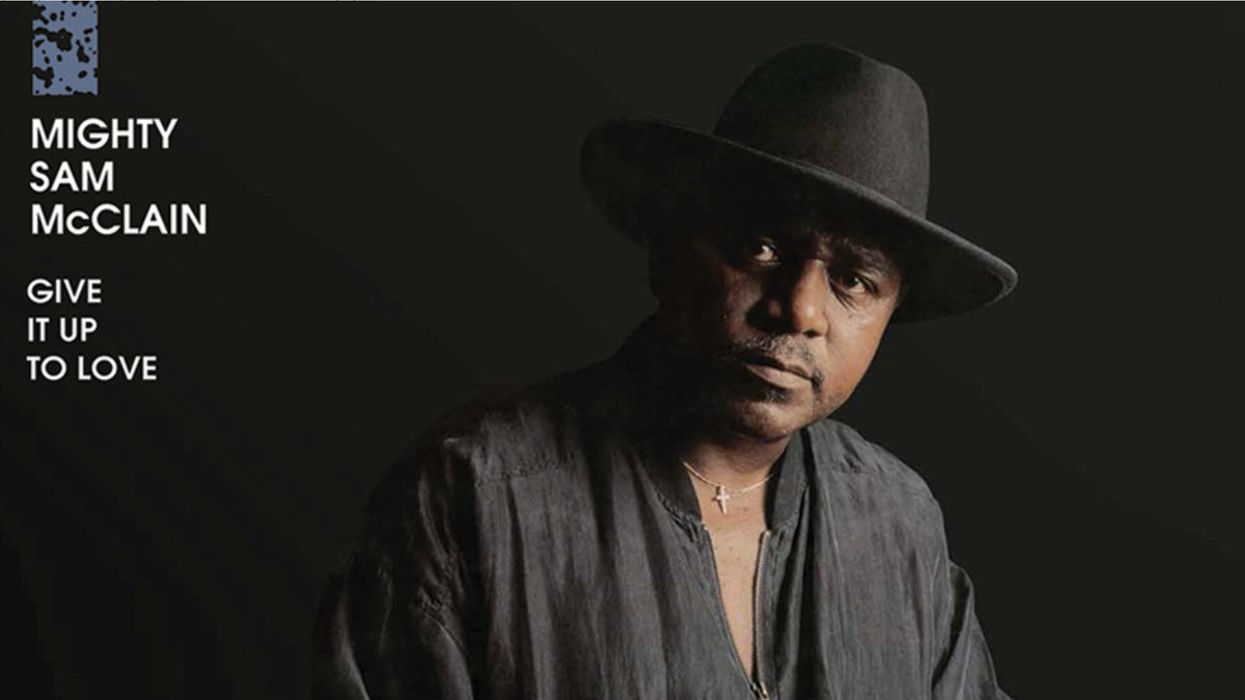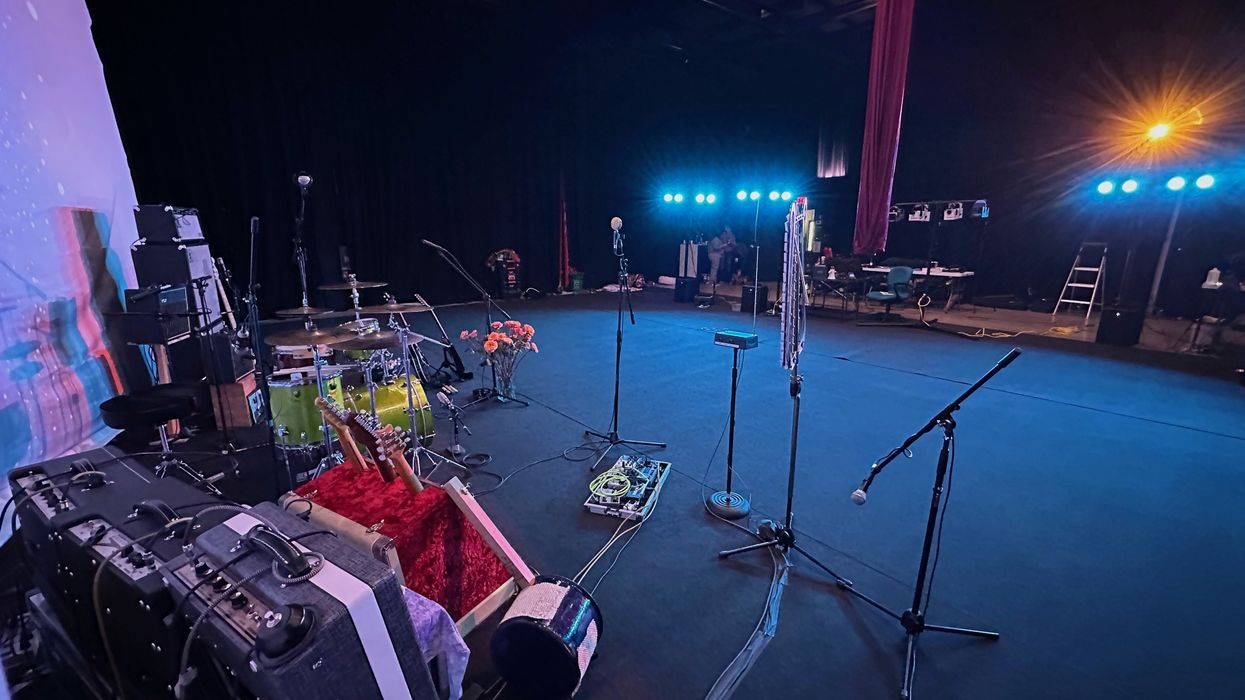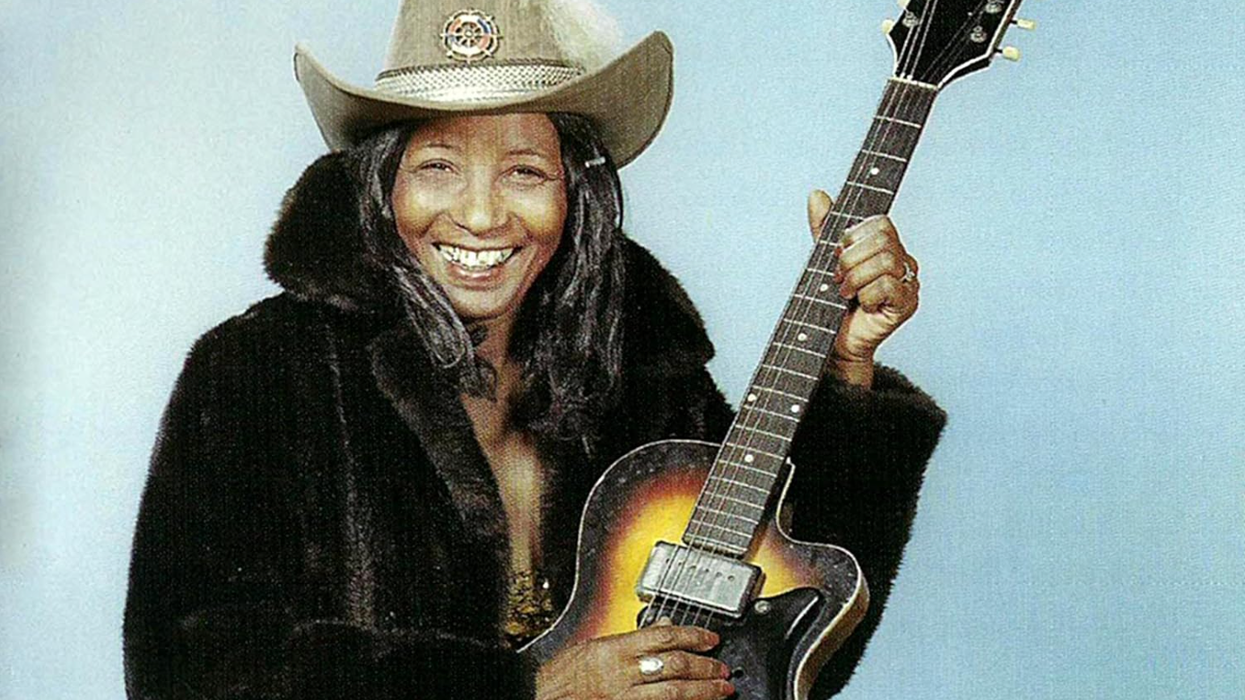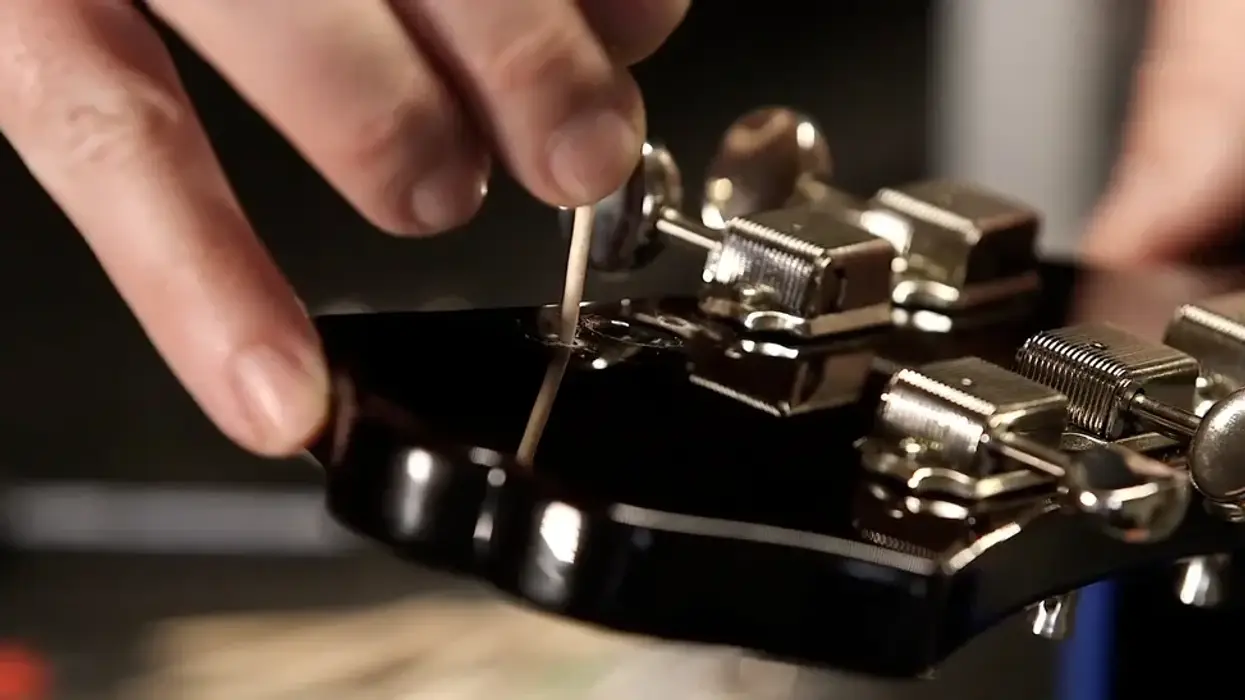Recently, we received a letter from a reader complaining that we didn’t write about enough artists that reader knew, so they were canceling their subscription. I was perplexed. Over the past few months, we’ve written about Kerry King, the Black Keys, Marcus King, the Melvins, the Black Crowes, Blackberry Smoke, Judas Priest, Steve Albini, Sleater-Kinney, and, in this issue, Slash, the Decemberists, and Richard Thompson. Hardly a cavalcade of the obscure. Plus, one of the reasons I started reading guitar and other music magazines when I was 16 was to find artists I didn’t know, and decades later I still love discovering new musicians who excite me.
And I still believe it’s every music media outlet’s responsibility to turn readers or listeners on to performers they are unfamiliar with. Hence, our recent features on Khruangbin, Sheer Mag, Anne McCue, Bill Orcutt, Dave Pomeroy, and Laura Jane Grace.
Although we also love to write about gear, and have devoted more pages (and covers) to gear features over the past 18 months, we don’t take our artist coverage lightly at all. Each month, as individual editors and collectively, we listen to dozens of new albums, refine that to a list of anywhere from 20 to 40 artists and titles, and vote on that list. Those artists with the most votes get the ink, and sometimes the lobbying is intense. Occasionally, an artist we love who doesn’t get the votes will end up in our Question of the Month column, or elsewhere. Often an artist we can’t squeeze in due to timing or space constraints, like, recently, Warren Haynes, Steve Vai, and Julian Lage—who we’ve written about many times and also love—will end up in a Rig Rundown, thanks to our video crew headed by Chris Kies and Perry Bean, often supported by our popular host John Bohlinger. (I also enjoy being the talking head for Rundowns when I can.)
Perhaps the unhappy reader was thinking about Green Day, Brian Setzer, or Mark Knopfler? They’ve all appeared on the covers of the other guitar magazines recently, and that’s one of the reasons we didn’t put them on ours. We try to not duplicate the other magazines’ coverage. Sometimes we know what they’re doing; sometimes we don’t and we make our best guess. Also, we believe in letting the dead rest in peace. I love Stevie Ray Vaughan and Jimi Hendrix. And while I was too young to catch Jimi, I saw Stevie Ray in concert 14 times and interviewed him on several occasions, and got to chat backstage. Besides his musical excellence, I feel that he was the most giving performer I’ve ever seen. His music touched me profoundly, and when he died I cried hard. Nonetheless, Stevie or Jimi won’t be making annual appearances on our cover. At this point, especially after Charles R. Cross’ Room Full of Mirrors and Alan Paul and Andy Aledort’s Texas Flood, there really doesn’t seem to be any mysteries left in their legacies. That said, when one presents itself, we’ll do our best to cover it. We also revere our artists who are gone or faded into semi-obscurity, and you can read about many of them in our Forgotten Heroes features, or, as the worst happens, in our memoriams. I recently penned those for Dickey Betts, Wayne Kramer, and Duane Eddy, who were among my rock ’n’ roll heroes. I hate writing these, but I believe that contributors to the guitar canon deserve a strong, heartfelt, goodbye.
“We try to not duplicate the other magazines’ coverage.”
We do feel a great sense of responsibility to our readers, but also to the character of our publication. We don’t want to bring you a generic guitar magazine. I hope we succeed in being different, and letters like this ex-reader’s certainly make me reflect on our work. But I could not be happier or more honored than to be among the fine group of editors here. We all have areas of expertise that we bring to our jobs, and I am proud of our collective effort. But I’m also open-minded enough to know perfection is rarely attained, and that sometimes we miss the mark. I depend on your letters and emails to help us stay on track, and I invite them both. So please do let us know what you think about PG’s coverage … regularly.
You’ve probably seen me write this before, but we are all part of the guitar community, and I want to be sure we’re always in touch. Our community members are a diverse bunch, artistically and personally, and our connection, via the music and instruments we love, is important. Speaking of diversity, I’m pretty sure our senior-most reader is Ida Hoffma of Bristol, Rhode Island. Ida is 97 and mostly reads the things I write, looks at the rest of the issue, and gives it to her son-in-law, Ernie, who reads the magazine and then passes it along to one of his wife Susan’s guitar-playing co-workers. (Pass-along rates used to be an important consideration in print journalism.) Ida doesn’t play guitar, but since I’m married to her daughter, Laurie, I think she sees her role in our community as keeping me employed. Thanks, Ida!















